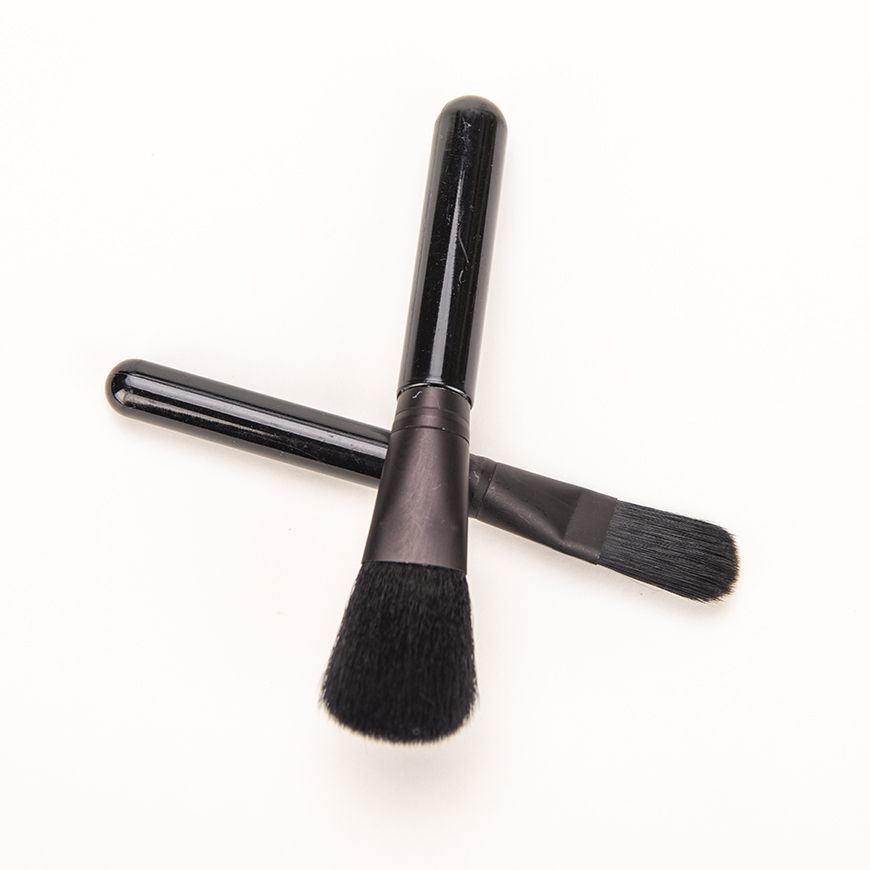Industry news
Bristle Performance Metrics: Developing Standardized Tests for Pigment Pickup, Release, and Blendability
- 971 Views
- 2025-10-30 01:31:31
Bristle Performance Metrics: Standardized Testing for Pigment Pickup, Release, and Blendability
In the cosmetics industry, the performance of makeup brushes directly shapes user experience—from achieving seamless eyeshadow blends to precise foundation application. At the heart of this performance lie three critical bristle properties: pigment pickup, release, and blendability. Yet, despite their importance, the industry has long lacked standardized testing methods for these metrics, leading to inconsistent product quality, subjective consumer evaluations, and challenges for brands seeking reliable tools. For manufacturers and brands alike, developing clear, quantifiable testing protocols is no longer optional—it’s essential to drive innovation, ensure consistency, and build trust.
The Current Challenge: Subjectivity Over Science

Today, bristle performance testing remains largely fragmented. Many manufacturers rely on manual, subjective assessments: a makeup artist swiping a brush across pigment and describing the “feel” of pickup, or visually judging how well color releases onto skin. While these methods offer intuition, they are prone to variability—factors like tester pressure, pigment type, or even humidity can skew results. Without objective data, brands struggle to compare brush quality across suppliers, and consumers are left guessing whether a “high-performance” brush will deliver as promised. This lack of standardization not only hinders product development but also erodes confidence in the market.
Why Standardization Matters
Standardized testing transforms bristle performance from a vague claim into measurable science. For manufacturers, it provides actionable insights to optimize production—whether adjusting bristle density, fiber type (e.g., synthetic vs. natural), or bristle taper. For brands, it ensures consistency across batches, reducing returns and enhancing customer loyalty. For consumers, it translates to reliable tools that perform as advertised. In short, standardization bridges the gap between production, branding, and user satisfaction.
Defining the Metrics: Testing Protocols for Precision
To address this, the industry must prioritize three core metrics, each with clear, replicable testing frameworks:
1. Pigment Pickup: Quantifying the “Grab”
Pigment pickup refers to a brush’s ability to吸附 (adsorb) and retain pigment. To standardize this, testing must control variables:
- Pigment Type: Use a reference pigment (e.g., ISO-certified matte eyeshadow powder with 15% titanium dioxide) to eliminate variability in p size or composition.
- Application Parameters: Standardize pressure (e.g., 50g force), contact time (3 seconds), and bristle-to-pigment surface area (e.g., a 2cm² brush head).
- Quantification: Post-pickup, weigh the brush before and after contact using a microbalance (precision: 0.001g). The difference equals pickup mass, with results reported as mg/cm² for consistency.
2. Pigment Release: Measuring Efficiency
A brush that picks up pigment well but releases poorly leads to patchy application. Release testing focuses on how much pigment transfers from bristle to surface:
- Surface Mimicry: Use a synthetic skin substrate (e.g., silicone pads with texture matching human skin) to simulate real-world use.
- Release Action: After pickup, stroke the brush across the substrate with standardized force (30g) and velocity (5cm/s) for 5 repetitions.
- Analysis: Measure residual pigment on the brush post-release using the same microbalance. Release efficiency is calculated as [(Pickup Mass – Residual Mass) / Pickup Mass] × 100%, providing a clear percentage for comparison.
3. Blendability: The Art of Uniformity
Blendability determines how smoothly a brush merges pigments—critical for soft transitions in eyeshadows or contouring. This metric requires visual and quantitative analysis:
- Test Setup: Apply two contrasting pigments (e.g., deep brown and light beige) in parallel stripes on the synthetic substrate.
- Blending Protocol: Use the brush to blend the boundary between stripes with 10 standardized circular motions (radius: 1cm, pressure: 20g).
- Quantification: Capture high-resolution images of the blended area and use color analysis software (e.g., ImageJ) to measure color variance. A lower variance index indicates superior blendability, with results reported on a 0–100 scale (100 = perfectly uniform).
The Path Forward: From Lab to Market
Implementing these protocols requires investment in controlled testing environments (e.g., temperature/humidity-controlled labs) and precision tools (automated microbalances, texture analyzers). For manufacturers like ours, this commitment translates to brushes engineered for consistency: whether optimizing synthetic fiber tapering to enhance pickup or adjusting bristle density











